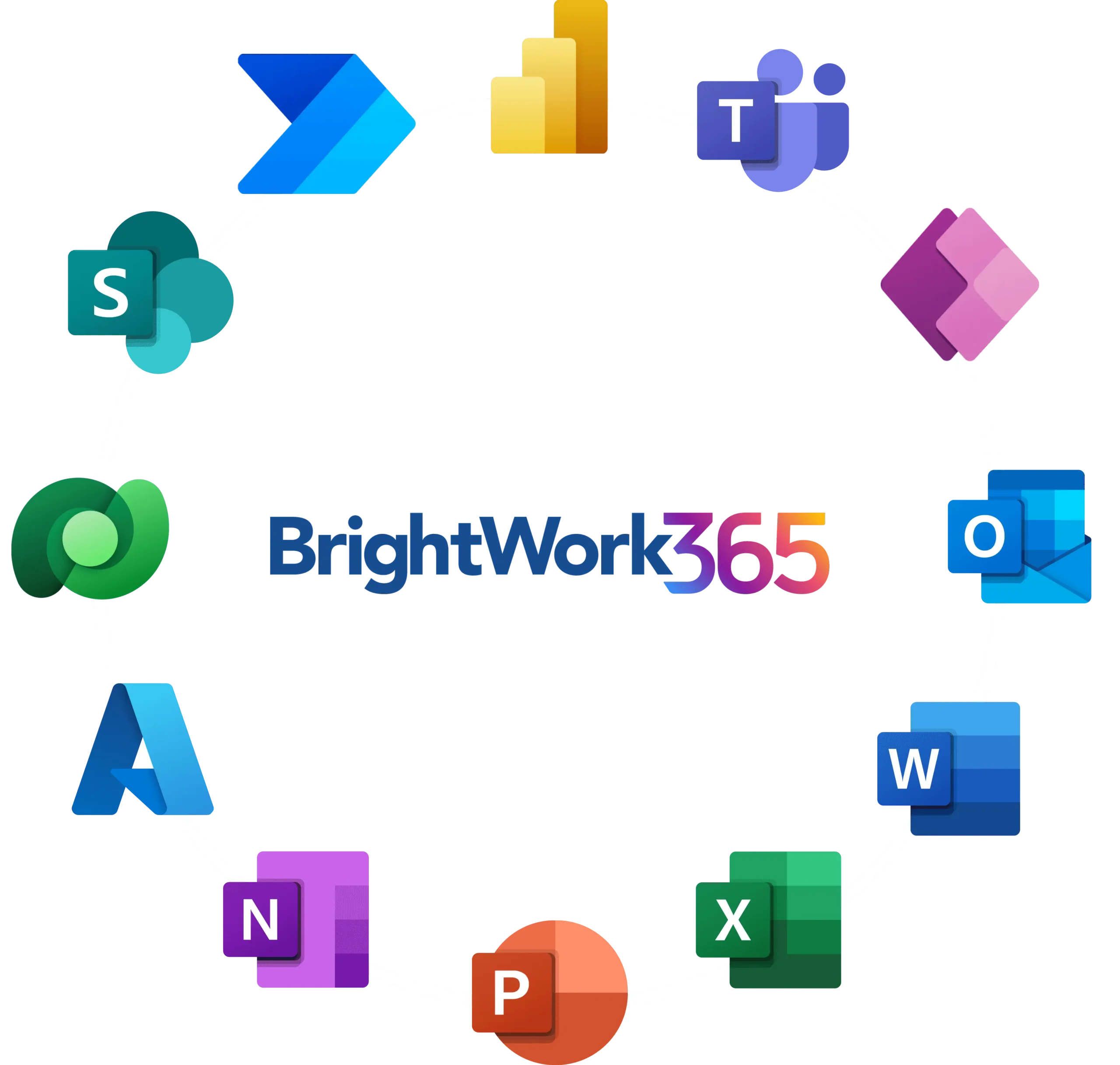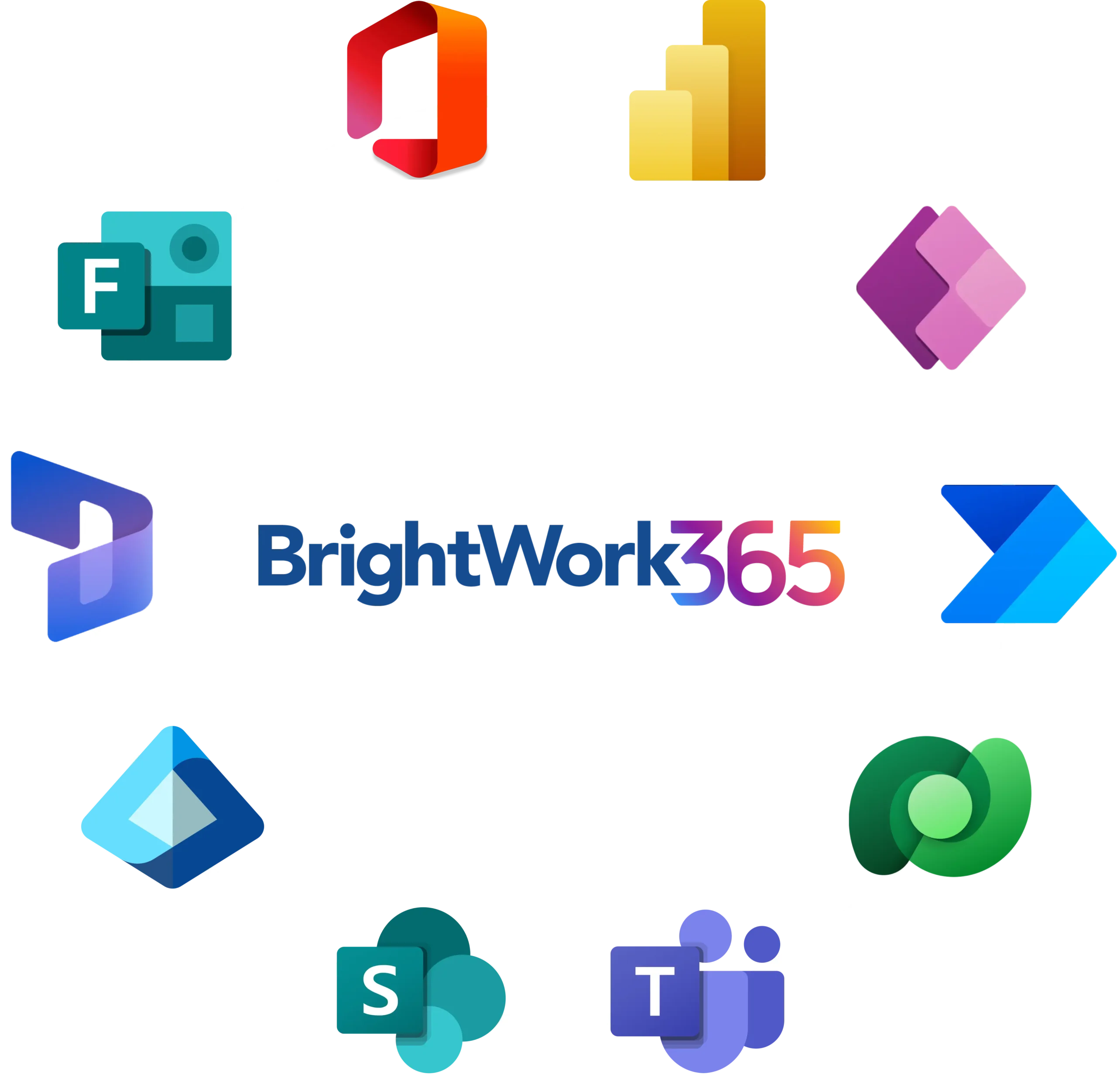What is Project Governance?
Project governance is a critical component of any project management process. It refers to the framework, methods, and procedures that guide project activities, ensuring that projects are delivered on time, within budget, and meet the defined objectives.
Project governance provides a structured approach to decision-making, aligning projects with an organization’s strategic objectives and managing risks and issues that may arise during the project lifecycle.
What are the Fundamental Principles of Project Governance?
Project governance is not a one-size-fits-all approach. It varies from organization to organization, depending on the nature of the project, its culture, and the industry in which it operates.
Despite these variations, the fundamental principles of project governance remain the same – ensuring accountability, transparency, and effective management of project resources.
Accountability
One critical aspect of project governance is ensuring accountability. It defines who is responsible for what in a project, providing a clear line of accountability from the project team to senior management.
This helps ensure that everyone involved in the project knows their roles and responsibilities and is held accountable for their actions.
Accountability in project governance also involves setting up mechanisms for monitoring and controlling project activities. This includes regular status reporting, performance tracking, and issue resolution.
These mechanisms ensure that any deviations from the project plan are quickly identified and addressed, keeping the project on track.
Transparency
Transparency is another crucial aspect of project governance. It involves sharing relevant project information with all stakeholders, including the project team, the organization’s leadership, and external stakeholders. This helps build trust and ensures everyone involved in the project is on the same page.
Transparency in project governance also involves open communication. This includes regular project updates, sharing of project risks and issues, and open discussions of project decisions.
Open communication ensures all stakeholders know the project’s progress and any challenges impacting its outcomes.
Effective Management of Project Resources
Effective resource management focuses on optimal time, budget, and human resources utilization. It involves strategic allocation to align with project objectives, ensuring resources are efficiently used, and project goals are met.
This principle promotes cost-effectiveness, minimizes waste, and enhances project performance by aligning resource allocation with the project’s critical needs and timelines, driving successful project outcomes.
Manage Projects with Microsoft 365, Power Platform, and Teams
Collaborate seamlessly from anywhere, with BrightWork 365 and Microsoft Teams

What are the 4 Essential Elements of Project Governance?
Project governance involves several elements, each vital in successfully executing projects. These elements include the project governance framework, roles and responsibilities, processes, tools, and techniques. These elements are critical for setting up an effective structure, ensuring it aligns with the organization’s strategic objectives, culture, and management practices.
1. Project Governance Framework
The framework is the foundation of project governance. It outlines the policies, procedures, and guidelines that guide project activities. The framework provides a structured approach to project management, ensuring that all project activities align with the organization’s strategic objectives.
The project governance framework also defines the decision-making processes, including the criteria for decision-making, the decision-making authorities, and the process for escalating decisions. This helps ensure that decisions are made promptly and effectively, thereby avoiding delays in project execution.
2. Project Governance Roles and Responsibilities
Defining roles and responsibilities is a critical aspect of project governance. It involves identifying the key stakeholders in the project and describing their roles and responsibilities. This includes the project manager, the project team, the project sponsor, the project owner, and other stakeholders.
Defining roles and responsibilities helps ensure that everyone involved in the project knows their duties. It also helps avoid confusion and conflicts, thereby ensuring smooth project execution.
3. Project Governance Processes
Project governance processes are the procedures and processes that guide project activities. These include project planning, execution, monitoring and control, and closure. Each of these processes plays a crucial role in successfully executing projects.
Project governance processes include risk management, issue resolution, and change management. These processes help manage the uncertainties and changes that may arise during the project life cycle, ensuring the project stays on track.
4. Project Governance Tools and Techniques
Project governance tools and techniques are the methods and tools used to implement project governance. These include project management software, project management methodologies, and project management tools and techniques.
Project governance tools and techniques help manage project activities, track progress, and manage project risks and issues. They provide a structured approach to project management, ensuring that the project is delivered on time, within budget, and meets the defined objectives.
How to Implement Project Governance
Implementing project governance involves several steps, from defining the framework to implementing the processes and tools. Each of these is pivotal in setting up an effective structure.
Defining the Project Governance Framework
The foundation of project governance lies in defining a comprehensive framework that includes policies, procedures, and guidelines directing project activities. Aligning this framework with organizational goals and established project management practices ensures a solid basis for decision-making and project execution.
Defining Project Governance Roles and Responsibilities
A critical step in establishing project governance is clearly defining roles and responsibilities for all stakeholders. This clarity prevents overlap and confusion, ensuring everyone understands their duties and how they contribute to the project’s success, thereby streamlining the decision-making process.
The Project Governance Processes
Implementing structured governance processes is essential for project planning, execution, monitoring, and closure. These processes include risk management, change management, and issue resolution mechanisms for steering project uncertainties and aligning with strategic goals.
Project Governance Tools and Techniques
The final step involves adopting project governance tools and techniques, such as project management software and methodologies, tailored to the project’s needs. These tools support a structured approach to project management, facilitating on-time, within-budget project delivery that meets defined objectives.
What are the Main Challenges in Project Governance?
Project governance is critical for steering projects toward success, yet implementing it has unique challenges. Addressing these issues is vital for establishing an effective structure.
- Resistance to Change: Resistance from the team and stakeholders can hinder the establishment of a formal project governance structure. Overcoming this requires clear communication of benefits and supportive transition strategies to gain buy-in.
- Lack of Clarity on Roles and Responsibilities: Role ambiguity leads to confusion and conflict, delaying project execution. Clearly defining roles and responsibilities from the outset is essential to prevent such issues.
- Lack of Project Governance Skills and Knowledge: Project governance requires specific skills and knowledge. Organizations must invest in training and educating their teams on governance frameworks and processes to ensure smooth adoption.
- Inadequate Stakeholder Engagement: Effective governance requires active stakeholder participation. Lack of engagement can lead to misalignment with organizational goals and reduced project success.
- Difficulty in Balancing Flexibility and Control: Striking the right balance between too much control and adequate flexibility is challenging. Governance structures must adapt to project needs without stifling innovation or agility.
Frameworks of Success
In conclusion, project governance is a critical component of project management. It provides a structured approach to managing projects, ensuring they are delivered on time, within budget, and meet the defined objectives.
An effective project governance structure is essential for organizations to ensure the successful execution of projects, which in turn contributes to achieving their strategic objectives.
While implementing project governance can pose several challenges, these can be overcome with a structured approach involving clear communication, training and education, and continuous improvement.
Addressing these challenges can help organizations establish an effective project governance structure and ensure the successful execution of projects.
Manage Projects with Microsoft 365, Power Platform, and Teams
Collaborate seamlessly from anywhere, with BrightWork 365 and Microsoft Teams.
